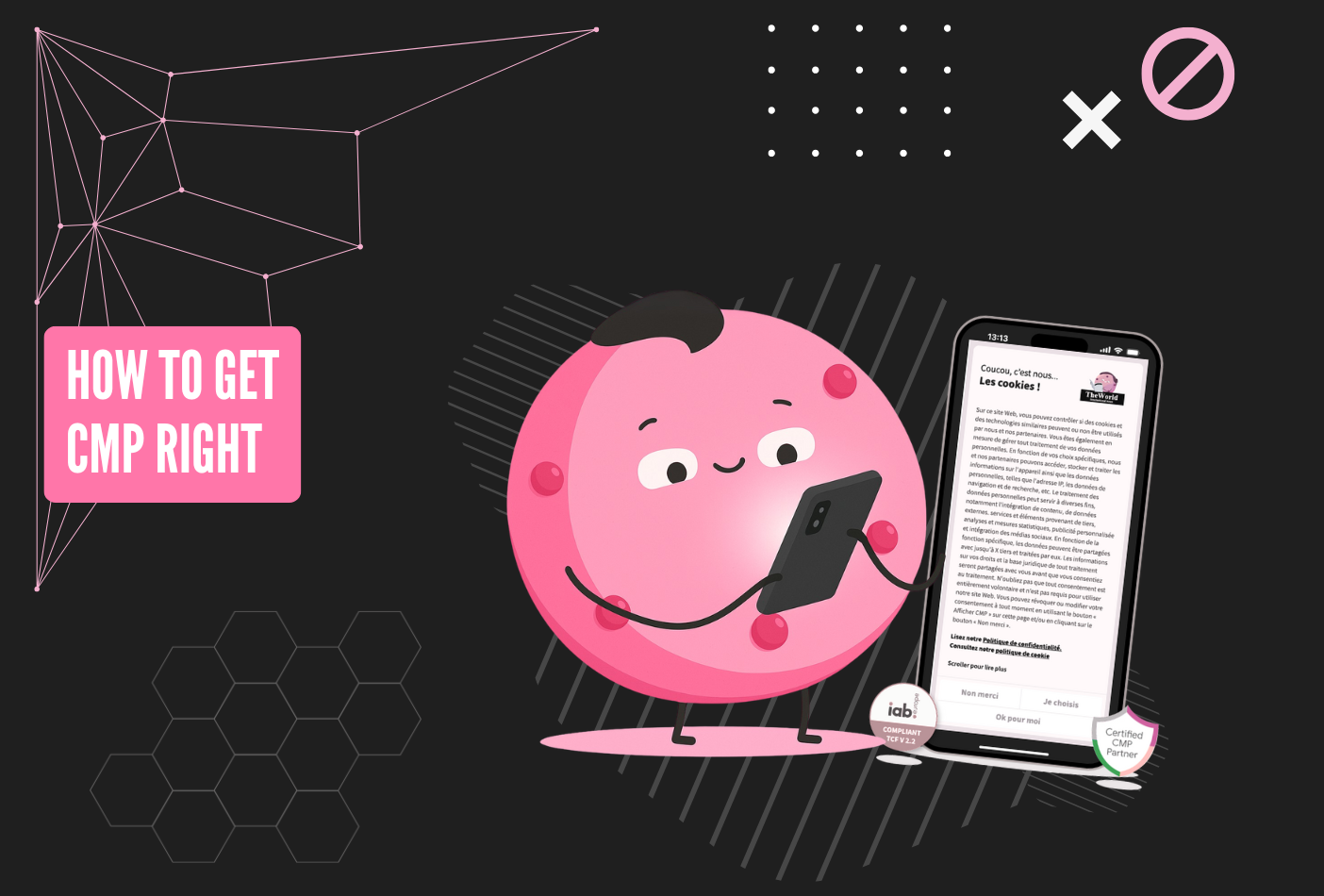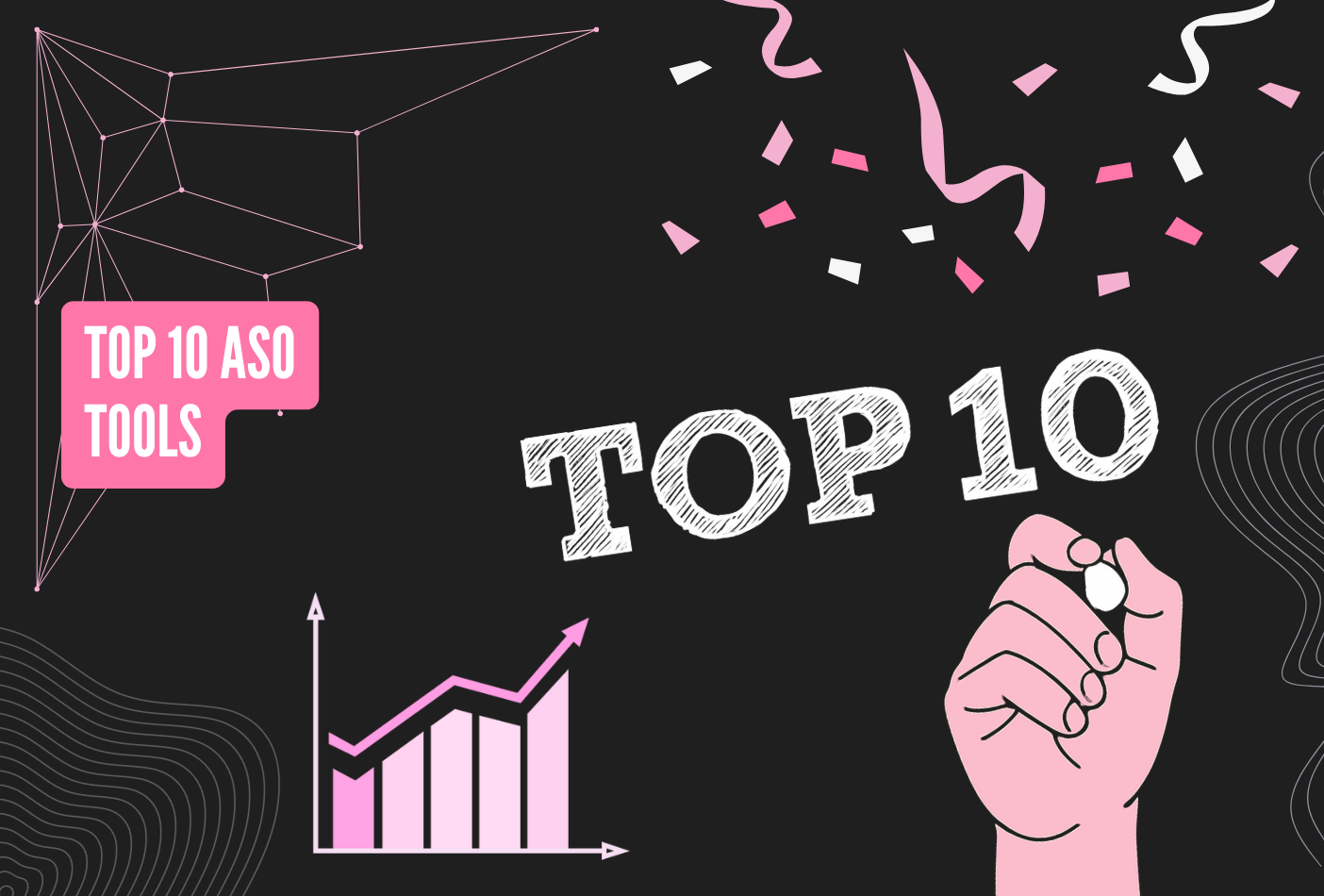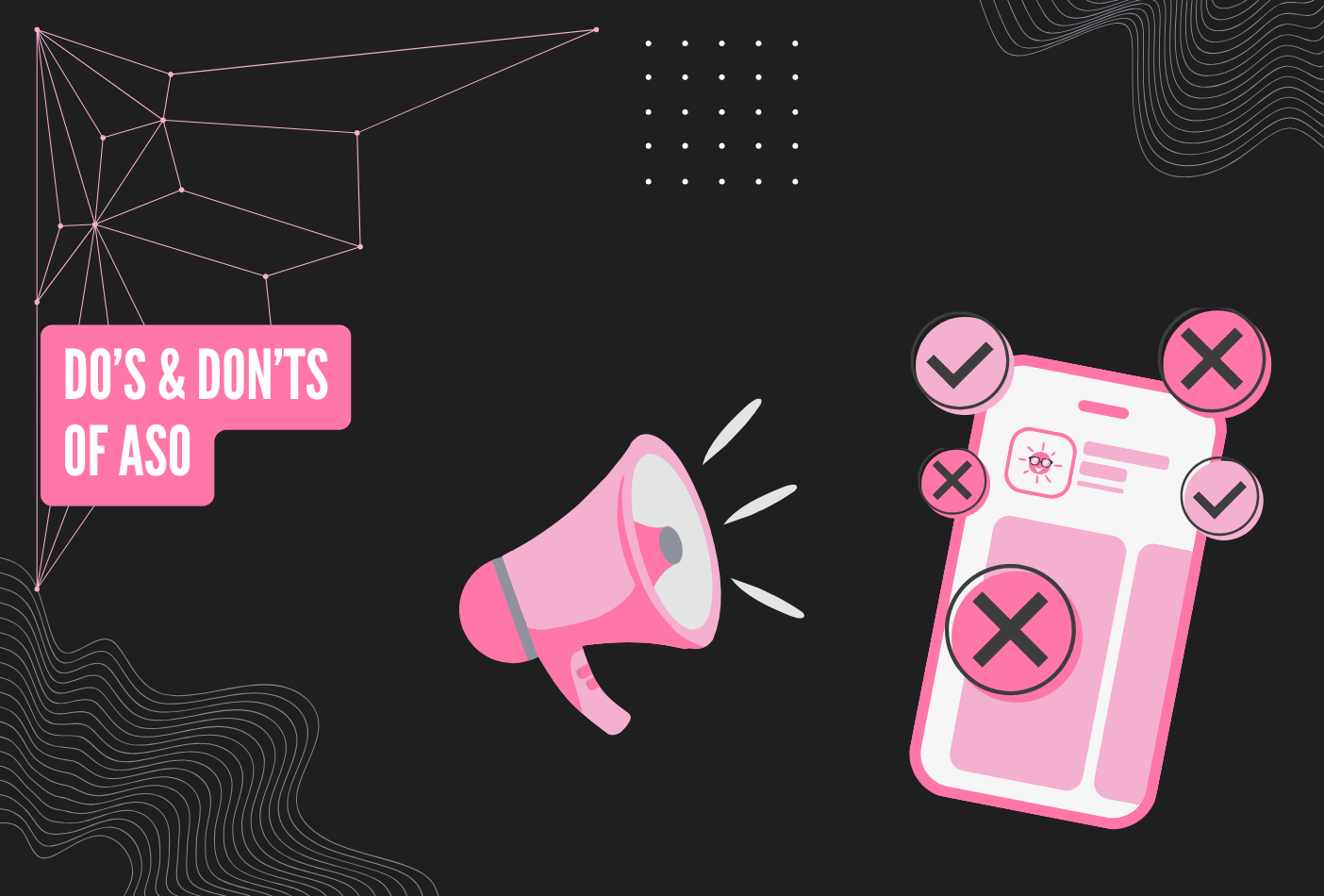Onboarding is the first impression your app makes—and in a highly competitive market, that first experience can make or break retention. Whether your app is a productivity tool, fitness tracker, or dating platform, mobile app onboarding is a critical part of the user journey and one of the most overlooked levers for boosting long-term engagement and monetization.
In this article, we’ll dive into mobile app onboarding best practices, explain why it matters, and share actionable tips to improve yours—whether you're just launching or scaling fast.
Why Mobile App Onboarding Is a Growth Lever, Not Just a Feature
First impressions drive retention
According to research by Adapty and AppsFlyer, up to 25% of users abandon an app after a single use. A poor onboarding experience—confusing, too long, or irrelevant—drives uninstall rates. A good one, on the other hand, boosts activation, reduces friction, and improves conversions throughout the funnel.
Your onboarding should clearly answer one thing for the user: "Why is this useful to me?"
Key Principles of Effective Mobile App Onboarding
Focus on perceived value, not features
Each screen in your onboarding flow should communicate a clear benefit. Instead of listing features, highlight how your app improves the user’s life. Think emotionally or functionally compelling outcomes, like:
- “Track your sleep, recover faster.”
- “Get personalized workouts in 2 taps.”
- “Create a playlist with AI in under a minute.”
💡 Use this moment to create an instant connection—your messaging should feel like a conversation, not a brochure.
Personalization increases engagement
Ask one or two onboarding questions—age, goal, interest—to personalize the experience. This not only tailors your UX but gives the user the impression that the app was designed for them. Make sure this step is frictionless and skippable.
Welcome the user, literally
Include a customized welcome message, ideally with their first name (if already captured) or location. This builds rapport and increases trust from the first second.
Mobile App Onboarding Best Practices for 2025
🧭 1. Keep it short: 3 to 5 screens max
- Each screen should carry one core idea only.
- Total onboarding time: under 30 seconds.
- Display a progress bar or step count to reduce uncertainty.
✅ Example: Calm’s onboarding flow uses 3 screens—goal selection, benefit highlight, and a clean CTA—with a visible step indicator.
🔐 2. Ask for permissions after demonstrating value
- Respect privacy and GDPR/CMP standards: ask for Consent Management (CMP) first, then App Tracking Transparency (ATT).
- Explain the value of permissions before showing the iOS prompt.
- Use a pre-permission screen for ATT to improve opt-in rates.
🛑 Don’t combine CMP and ATT into one modal. They serve different purposes and combining them hurts trust and conversion.
🚀 3. Drive to the free trial or store at the right moment
Don’t push account creation or payment until you’ve demonstrated value. Ideal timing:
- After the user has completed onboarding
- When they’ve interacted with a core feature
- On a post-onboarding screen, invite them to start a free trial or explore the store
This method aligns with behavioral science: people are more open to commitment after they perceive value.
👇 4. Make sign-up effortless
- Offer Apple/Google login as a default.
- Ask for minimal information (ideally just email or name).
- Allow “Skip” or “Explore first” options to reduce friction.
🌟 A/B testing by Purchasely shows that delaying account creation until after core value is delivered improves trial starts by 20%.
🎨 5. Design & animations: Keep it light and brand-aligned
- Use subtle micro-interactions and animations to create delight without slowing down performance.
- Ensure UI is aligned with your brand: minimalist if you're a fintech app, playful if it's for kids, etc.
- Avoid dark patterns or excessive text.
Advanced Strategies for Mobile App Onboarding Optimization
Use behavioral data to personalize post-onboarding experience
After onboarding, dynamically update the home screen based on what the user selected or did. For instance:
- A fitness app can recommend a first workout.
- A meditation app can preload a “starter session.”
This tactic increases feature adoption and improves day 1 to day 3 retention.
Test and iterate constantly
No onboarding is ever “done.” Use A/B testing (native via Google Play Experiments or third-party tools like Adapty) to:
- Test order of onboarding steps
- Compare different value propositions
- Optimize visual elements and CTA placements
Remove anything that causes friction
Ask yourself:
- Can this be delayed to later in the funnel?
- Is this screen really needed at this stage?
- Can the user skip this if they’re in a rush?
Common Pitfalls to Avoid in Mobile App Onboarding
- ❌ Forcing account creation before showing value
- ❌ Overloading the user with features instead of benefits
- ❌ No option to skip onboarding
- ❌ Unclear or poorly timed permission prompts
- ❌ Long, text-heavy onboarding carousels
Final Thoughts: Treat Onboarding as a Growth Engine
Your mobile app onboarding is more than a product detail—it’s the starting point of the user's relationship with your brand. Done right, it builds trust, showcases value fast, and improves all downstream KPIs: retention, revenue, and even organic growth.
👉 Want to optimize your onboarding for real growth?
Scalebay’s team of mobile growth experts can help you design, test, and scale a seamless onboarding experience that converts.
Contact us for a free audit or check out our case studies.



